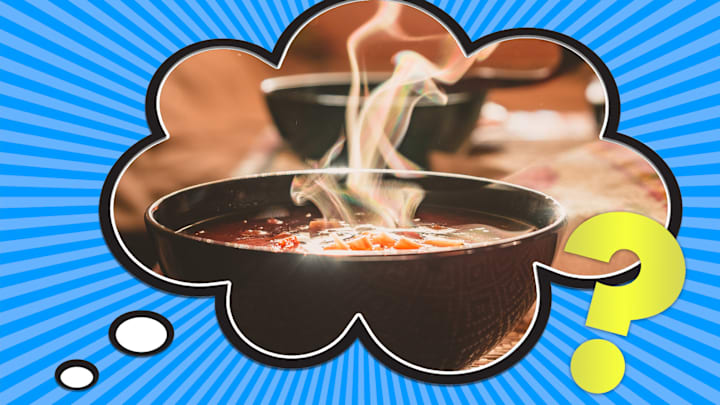The next time a server—or your parents—puts down a plate in front of you, you might notice it comes with a warning. “Careful,” they’ll say. “It’s piping hot.” Not “very hot.” Not “extremely hot.” Not “flammable,” but “piping hot.”
So why is “piping” put in there? It may make sense the next time you put a tea kettle on to boil, as the phrase “piping hot” appears to stem from the steam that escapes from the spout of a kettle when water is bubbling. The spout, or “pipe,” shoots out heat and water vapor when the water is ready. The accompanying whistling sound is not unlike the sound made from musical pipes.
How far back does it go? Poet Geoffrey Chaucer made use of it in 1390, when he wrote about waffles in The Miller’s Tale: “He sente hir pyment meeth and spiced ale. And wafres pipyng hoot out of the glede.” Or, “Her sent her sweetened wine, mead, and spiced ale. And waffles, piping hot out of the fire.”
“Piping hot” can also refer to something new and fresh, not only from an oven but metaphorically. Some have even attributed the phrase to Scotland, where food is brought to tables in ceremonial meals to the accompaniment of bagpipes. Food being piped aboard ships is another plausible alternative explanation. But more than likely, the idiom refers to the best example a cook has of a too-hot-to-eat plate: Scorching hot water on the stove.
Should you find yourself with a tongue or mouth burn from ignoring the piping hot warning, good oral hygiene can help prevent infection. According to the Cleveland Clinic, you can also try a saline solution to keep your mouth clean—just avoid alcohol-based rinses. And when someone says something is “piping hot,” listen to them next time.
[h/t The Village Voice]
